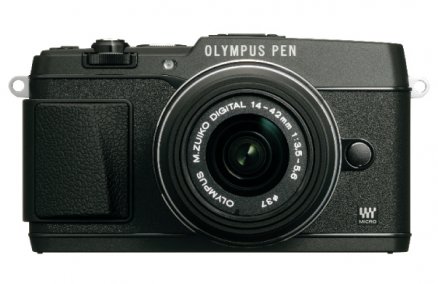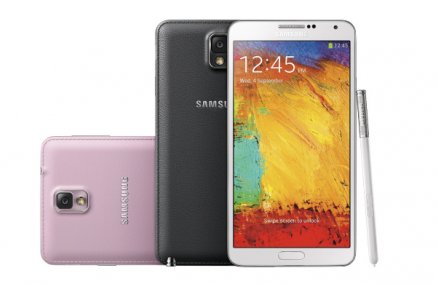There’s only one thing worse than your computer freezing while you’re working on a masterpiece: getting it stolen. No way you can restart it then. Laptop theft is actually more common than you think. According to Gartner Group, an IT-related consultancy company, one in ten laptops will be stolen or lost. So don’t add to the statistics: here’s a number of ways you can protect your portable office.
Data Protection
There’s plenty of software that you can install into your computer to protect the data from being lost or accessed by unwanted snoops. Programs like PGP Whole Disk Encryption (www.pgp.com) and TrueCrypt (www.truecrypt.org) help secure data by encrypting, or by protecting the files on your disk with a password. These programs are what they call “whole disk encryption,” meaning everything in the disk is protected, even the temporary files.
Tracking and Recovery
This software is fascinating as it not only improves security by encrypting files, but can also track the stolen laptop once it’s connected to the internet. A report will be sent to a “center” and you’ll be able to find out where the laptop is being used. Try ComputracePlus (www.absolute.com/computraceplus), CyberAngel (www.thecyberangel.com), and, for Mac fans, Undercover (www.orbicule.com/undercover).
Hardware
When all else fails, “back to basics” is the best guarantor of security. Laptops are portable objects, so the best way to eliminate the risk of theft is to lock it up. Try Kingston’s Laptop Combination Lock (B1,990, IT City), which fastens your laptop to a table so no one can just yank it away. If you have a bad memory, maybe the Retractable Lock (B1,670, IT City) is a better alternative, as it uses a key instead of a combination lock.
Keys and Cards
You can’t start a car without a key, and these neat tools act just that way. SecurityKey (www.securikey.com) is like a USB “car key” to your laptop: once the software is installed, to unlock the data you must plug in the USB key. Another similar option is a Smart Card, which can be used with laptops that come with a Smart Card reader. For this one, think ATM card. You slide in the card and enter a PIN to unlock the files. HP NX8420 (B49,900, HP Thailand) is one of the laptops with a Smart Card reader.
Fingerprint Sensors
This option might sound like it comes right out of a sci-fi movie, but there are laptops with built-in fingerprint sensors that help secure access. Aside from the aforementioned HP NX8420, Sony offers the same function within its Vaio VGN-SZ35SP/C model (B79,900, SonyStyle) as a pricier alternative. This Vaio also has a Hard Disk Password for added security.
Idiot-Proof Methods
Well, sometimes you just overlook the most basic of all.
Engrave it
If you’re not planning to sell your laptop, you can permanently mark your property. Engrave your name, address, and contact info onto the damn thing. Then the thief won’t be able to resell it.
Register It
When buying gadgets like laptops, there’s always some kind of registration form in the package. Most people neglect to fill it out. Don’t be one of these people. And keep all the necessary information, like the serial number and date of purchase, in a safe place.
Disguise it
Nothing says “laptop Inside” like a laptop carrying case. So if you want to fool the thieves, just hide it in a less conspicuous bag instead, like a sling or messenger bag. But make sure it’s not branded with “LV.”
Don’t store it
Don’t treat your laptop as a data safe. If you’ve saved important or confidential information on your laptop, it’s wise to move it to a CD or a thumb drive to keep at home instead. Just make a habit of backing up your data every time you save something.
Don’t leave it
The best way to ensure that your laptop is not lost is simply to keep an eye on it at all times. If this is too hard for you, your laptop deserves to be stolen.
Advertisement















